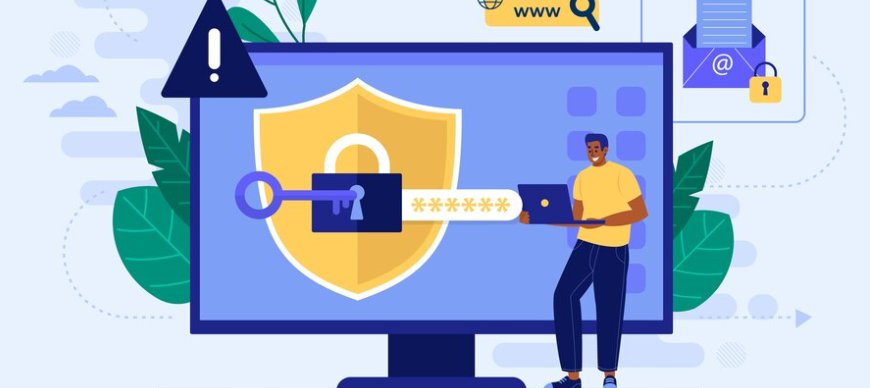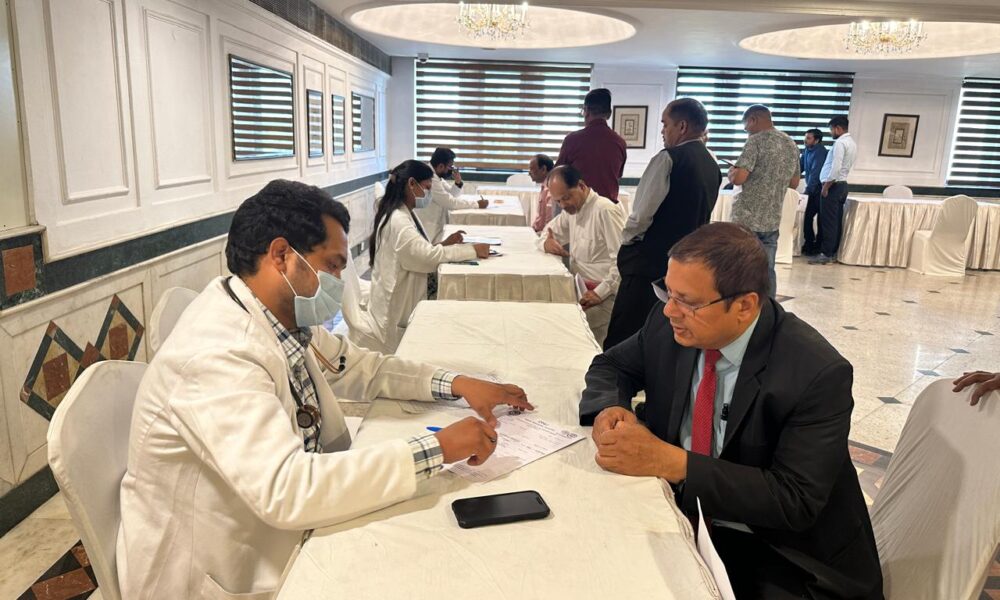IP stressers work is relatively straightforward. The user inputs the target’s IP address or domain name, and the tool then generates massive traffic, often from a network of compromised devices, and directs it towards the intended target. This sudden influx of traffic to the target’s servers makes it inaccessible to legitimate users, effectively taking the website or online service offline.
Consequences of ip stresser attacks
The consequences of a successful IP stresser attack can be far-reaching and devastating, both for individuals and organizations.
- Disruption of business operations– When a website or online service is due to a DDoS attack, it severely disrupts business operations, leading to lost revenue, damage to brand reputation, and, in some cases, even legal liability.
- Data breaches and theft- In the chaos of a DDoS attack; cybercriminals exploit the situation and gain unauthorized access to sensitive data, such as customer information, financial records, or intellectual property.
- Reputational damage– A successful attack tarnishes an organization’s reputation, as customers and clients may lose trust in the company’s ability to protect its digital assets and maintain reliable service.
- Financial losses- how does a ip stresser work? Dealing with the aftermath of an IP stresser attack is costly, with organizations having to invest in additional security measures, incident response, and potential legal fees.
- Personal impact– Individuals targeted by IP stresser attacks may experience disruptions to their online activities, such as the inability to access their email, social media, or other personal accounts, leading to inconvenience and potential financial or reputational consequences.
Proactive measures for protecting digital assets
Maintain incident response and recovery plans-Develop comprehensive incident response and recovery plans that outline the steps to be taken during a successful IP stresser attack.
Educate and train employees- Ensure your employees are well-versed in cybersecurity best practices, including recognizing and reporting potential IP stresser attacks. Regular training and awareness campaigns create a culture of vigilance and proactive security measures within your organization.
Collaborate with law enforcement and industry peers- Establish strong relationships with law enforcement agencies and industry peers, as this facilitates the sharing of threat intelligence and the coordination of joint efforts to combat IP stresser attacks and other cybersecurity threats.
Implement geographical traffic filtering- Consider implementing geographical traffic filtering to block traffic from regions or countries that are the source of a disproportionate number of IP stresser attacks. This helps reduce the overall attack surface and makes it more difficult for malicious actors to target your digital assets.
Maintain robust backup and recovery procedures- Regularly back up your critical data and systems, and test your ability to restore them in case of a successful IP stresser attack or other disaster. This minimizes the impact of such incidents and ensures the continuity of your operations.
Stay informed and vigilant- Continuously monitor industry news and cybersecurity threat intelligence to stay informed about the latest trends and evolving tactics used by IP stresser operators. Maintaining a proactive and vigilant approach is crucial in the ever-changing landscape of cybersecurity threats.
By implementing these proactive measures, organizations can withstand and recover from IP stresser attacks, safeguarding their digital assets and ensuring their online presence’s continued availability and integrity.



